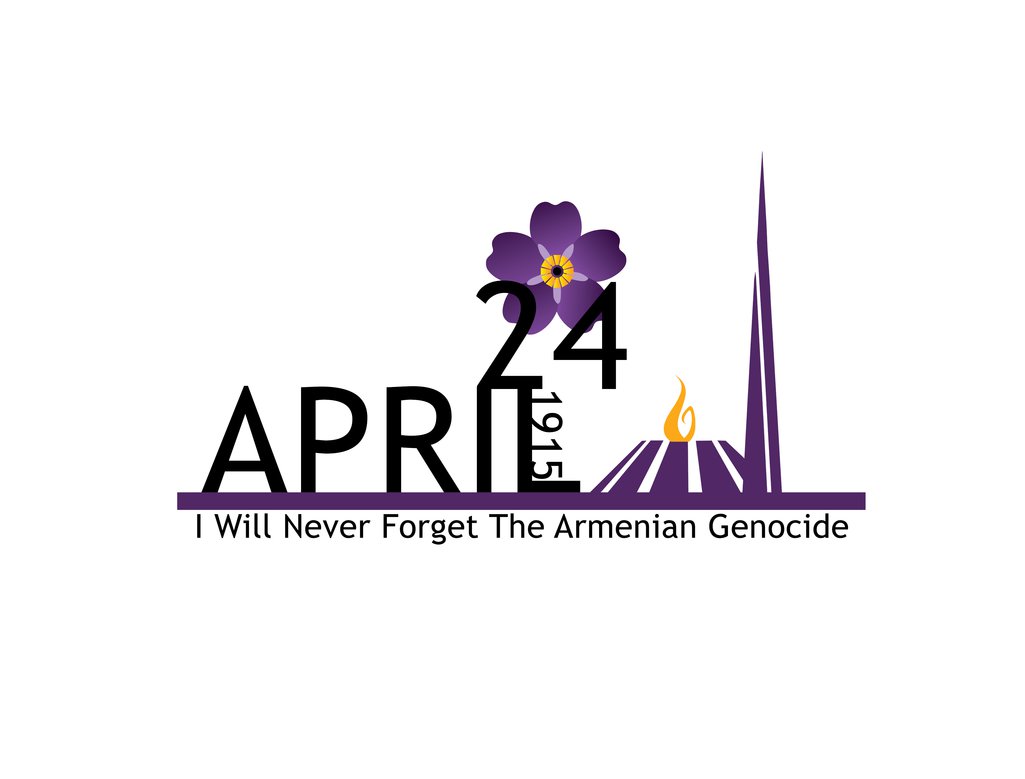
The Armenian Genocide is the physical destruction of the Christian ethnic Armenian population of the Ottoman Empire, which occurred in the spring of 1915 to the fall of 1916. About 1.5 million Armenians lived in the Ottoman Empire. During the genocide, at least 664,000 people died. There are suggestions that the number of deaths could reach 1.2 million people. Armenians call these events "Metz Egern" ("Great Crime") or "Aghet" ("Catastrophe").

The mass annihilation of Armenians gave rise to the origin of the term "genocide" and its codification in international law. Lawyer Rafael Lemkin, the author of the term "genocide" and the ideological leader of the United Nations (UN) program to combat genocide, has repeatedly stated that his youthful impressions of newspaper articles about the crimes of the Ottoman Empire against Armenians formed the basis for his convictions of the need to provide legal protection national groups. Partly thanks to the tireless efforts of Lemkin in 1948, the United Nations approved the "Convention on the Prevention and Punishment of the Crime of Genocide".
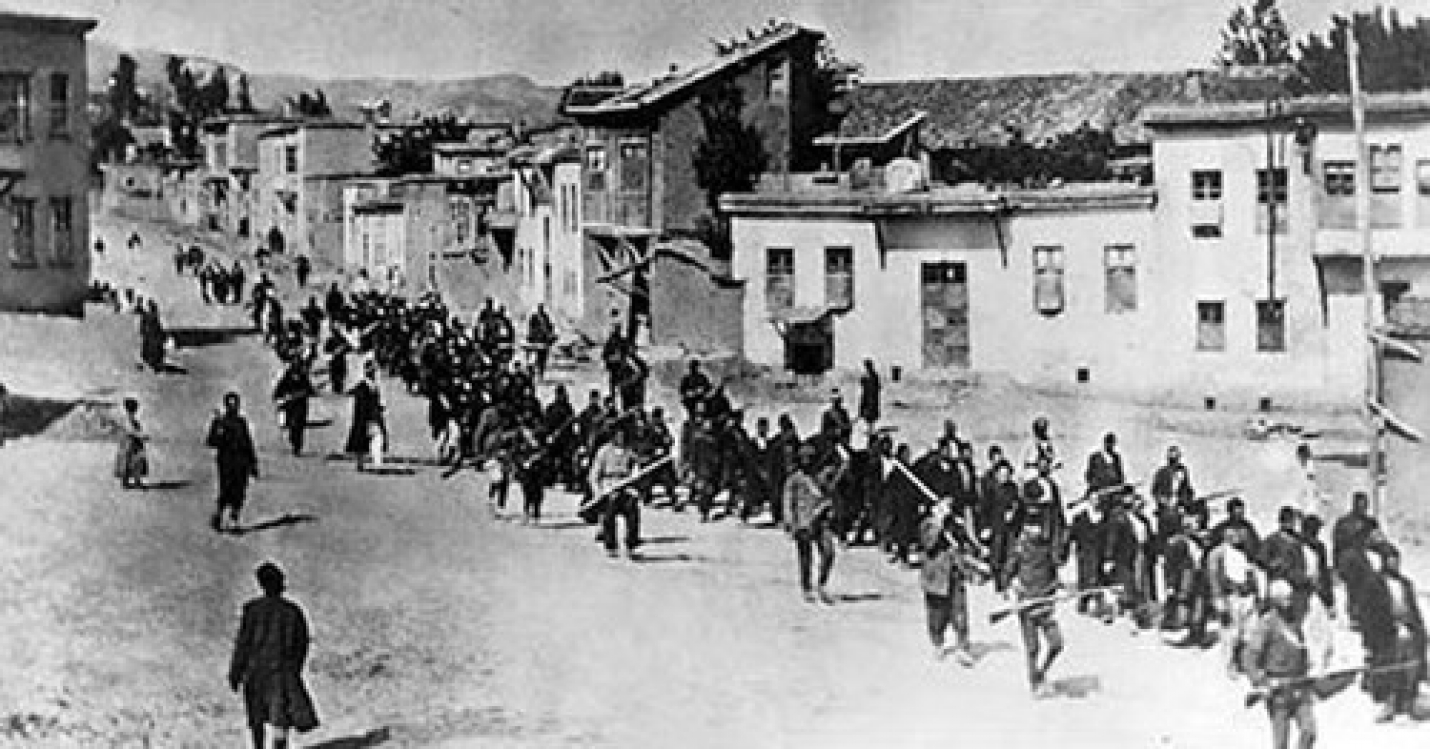
Most of the murders of 1915-1916 were committed by the Ottoman authorities with the support of auxiliary troops and civilians. The government controlled by the political party "Unity and Progress" (whose representatives were also called Young Turks) aimed to strengthen Muslim Turkish rule in Eastern Anatolia by destroying the large Armenian population in the region.
Beginning in 1915-1916, the Ottoman authorities carried out large-scale mass shootings; also Armenians perished in the course of mass deportations due to hunger, dehydration, lack of shelter and illnesses. In addition, tens of thousands of Armenian children were forcibly taken from their families and converted to Islam.
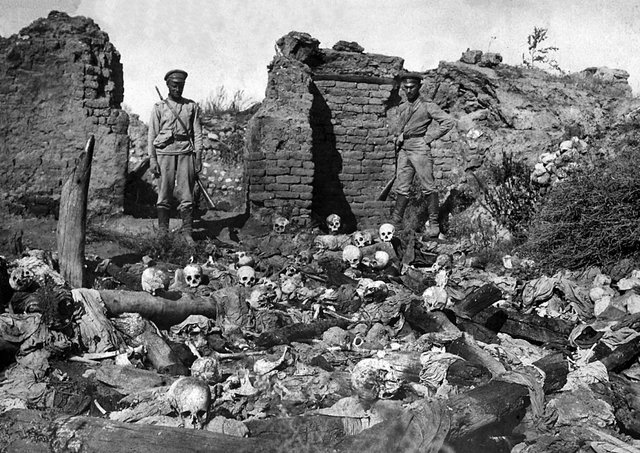
HISTORICAL CONTEXT
Armenian Christians were one of many significant ethnic groups of the Ottoman Empire. In the late 1880s, some Armenians created political organizations that sought greater autonomy, which increased the doubts of the Ottoman authorities in the loyalty of the broad sections of the Armenian population living in the country.
On October 17, 1895, Armenian revolutionaries seized the National Bank in Constantinople, threatening to blow it up together with more than 100 hostages in the bank building, in case the authorities refuse to grant the Armenian community regional autonomy. Although thanks to the French intervention this incident ended peacefully, the Ottoman authorities conducted a series of pogroms.
In total, in 1894-1896 at least 80 thousand Armenians were killed.
THE MILADOTURK REVOLUTION
In July 1908, the faction, which called itself the Young Turks, seized power in the capital of the Ottoman Empire, Constantinople. The Young Turks were mainly officers and officials of Balkan origin who came to power in 1906 in a secret society known as Unity and Progress, and transformed it into a political movement.
The Young Turks sought to introduce a liberal constitutional regime that was not associated with religion, which would place all the nationalities on an equal footing. The Young Turks believed that non-Muslims would integrate into the Turkish nation if they were confident that such a policy would lead to modernization and prosperity.
At first, it seemed that the new government could eliminate some of the reasons for the social discontent of the Armenian community. But in the spring of 1909, Armenian demonstrations demanding autonomy grew into violence. In the city of Adana and its environs, 20,000 Armenians were killed by soldiers of the Ottoman army, irregular troops and civilians; at the hands of Armenians, up to 2,000 Muslims died.
In the period from 1909 to 1913, the activists of the movement "Unity and Progress" began to lean more and more toward a sharply nationalistic vision of the future Ottoman Empire. They rejected the idea of a polyethnic "Ottoman" state and sought to create a culturally and ethnically homogeneous Turkish society. The large Armenian population of Eastern Anatolia was a demographic obstacle on the way to achieving this goal. After several years of political turmoil on November 23, 1913, the leaders of the party "Unity and Progress" received dictatorial power as a result of the coup d'état.
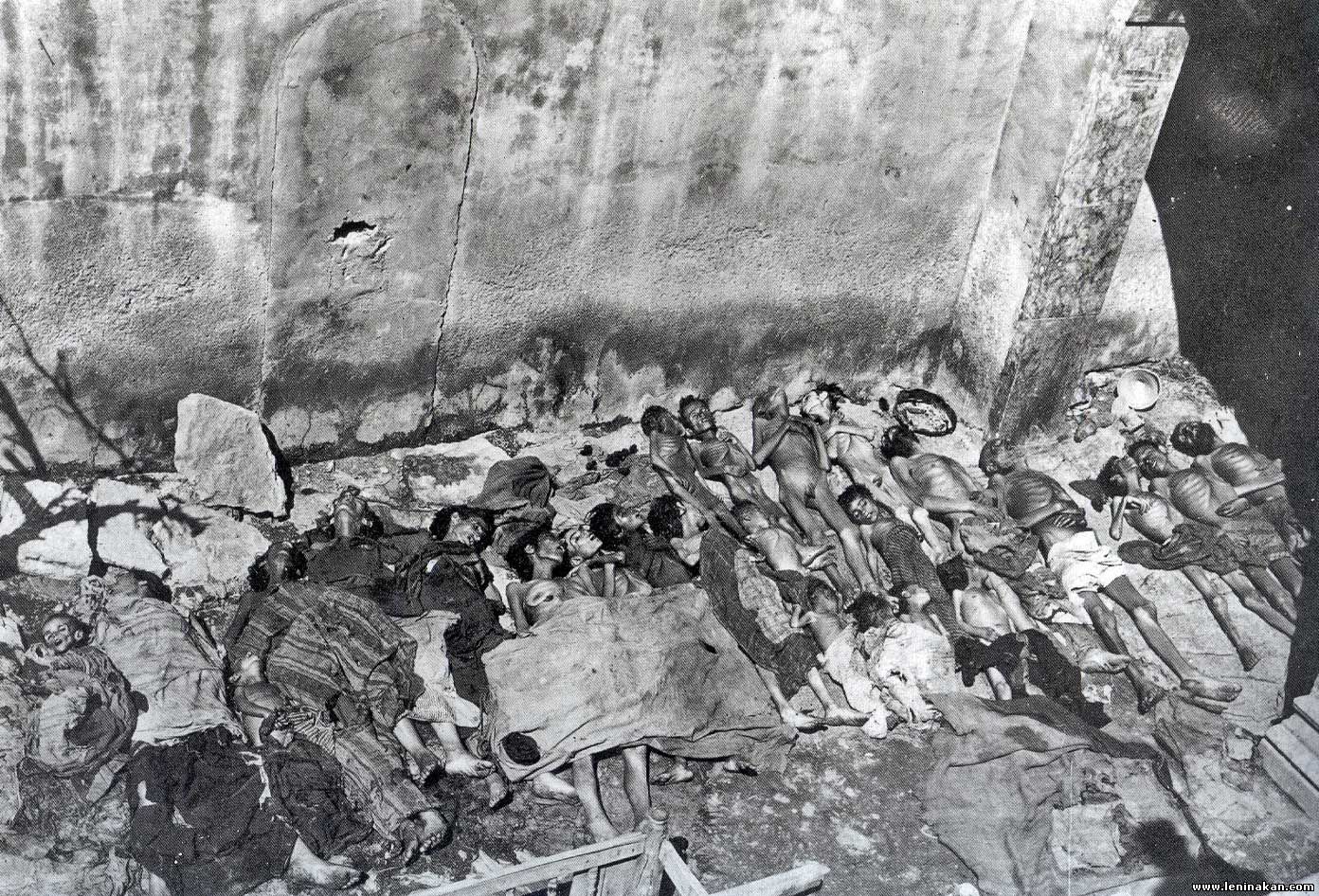
WORLD WAR I
Mass atrocities and genocide are often committed during the war. The extermination of Armenians was closely related to the events of the First World War in the Middle East and the Russian territory of the Caucasus. The Ottoman Empire officially entered the war in November 1914 on the side of the Central Powers (Germany and Austria-Hungary), who fought against the Entente countries (Great Britain, France, Russia and Serbia).
On April 24, 1915, fearing the landing of Allied troops on the strategically important Gallipoli peninsula, the Ottoman authorities arrested 240 Armenian figures in Constantinople and deported to the East. Today, Armenians consider this operation the beginning of the genocide. The Ottoman authorities claimed that the Armenian revolutionaries established contact with the enemy and intended to assist the landing of French and British troops. When the Entente countries, as well as the United States, which at that time still maintained neutrality, demanded explanations from the Ottoman Empire in connection with the deportation of Armenians, she called her actions precautionary measures.
Beginning in May 1915, the government expanded the scale of deportations, expelling the civilian Armenian population, regardless of the remoteness of their places of residence from the zones of hostilities, to camps located in the desert southern provinces of the empire [in the territory of the north and east of present-day Syria, northern Saudi Arabia and Iraq] . Many escorted groups were sent to the south from six provinces of Eastern Anatolia with a high proportion of the Armenian population - from Trabzon, Erzurum, Bitlis, Van, Diyarbakir, Mamuret-ul-Aziz, and Marash province. Later Armenians were expelled from virtually all regions of the empire.
Since during the war the Ottoman Empire was an ally of Germany, many German officers, diplomats and humanitarian workers witnessed atrocities committed against the Armenian population. Their reaction was different: from the horror and submission of official protests to individual cases of secret support for the actions of the Ottoman authorities. The generation of Germans who survived the First World War remembered these terrible events in the 1930s and 1940s, which influenced his perception of Nazi persecution against the Jews.

MASS MURDERS AND DEPORTATIONS
In obedience to the orders of the central government in Constantinople, the regional authorities, with the complicity of the local civilian population, carried out mass shootings and deportations. Employees of military bodies and security services, as well as their supporters, destroyed the majority of Armenian men of working age, as well as thousands of women and children.
During escorted transitions in the desert, the surviving elderly, women and children were subjected to unauthorized attacks by local authorities, gangs of nomads, criminal groups and civilians. In the course of these attacks, robberies took place (for example, victims were stripped naked, they took their clothes and inspected their body cavities in search of values), rapes, abductions of young women and girls, extortion, torture and murder were committed.
Hundreds of thousands of Armenians died without ever reaching the designated camp. Many of them were killed or kidnapped, others committed suicide, and a huge number of Armenians died from starvation, dehydration, lack of shelter or illness along the way to the place of destination. While some residents of the country sought to help expelled Armenians, far more ordinary citizens killed or tortured the escorted.
CENTRALIZED ORDERS
Although the term "genocide" appeared only in 1944, most scholars agree that the massacres of Armenians correspond to the definition of genocide. The government, controlled by the Unity and Progress Party, enjoyed an emergency military situation in the country for a long-term demographic policy aimed at increasing the share of the Turkish Muslim population in Anatolia by reducing the number of the Christian population (mostly Armenians, but also professing the Christianity of the Assyrians). The Ottoman, Armenian, American, British, French, German and Austrian documents of the time testify to the fact that the leadership of the party "Unity and Progress" intentionally exterminated the Armenian population of Anatolia.
The party "Unity and Progress" gave orders from Constantinople and ensured their execution with the help of its agents in the Special Organization and local administrative bodies. In addition, the central government required careful monitoring and collection of data on the number of deported Armenians, the type and number of housing units they left, and the number of expelled citizens who entered the camps.
Initiative on these or other actions proceeded from the highest members of the leadership of the party "Unity and Progress", they also conducted coordination of actions. The central figures of this operation were Talaat Pasha (Minister of Internal Affairs), Ismail Enver Pasha (Minister of War), Behaeddin Shakir (head of the Special Organization) and Mehmet Nazim (Head of Demographic Planning Service).
According to government decrees, in certain regions the share of the Armenian population should not exceed 10% (in some regions - no more than 2%), Armenians could live in settlements that included no more than 50 families, as far from the Baghdad railway, and from each other. To meet these requirements, local authorities repeatedly carried out deportations of the population. Armenians crossed the desert back and forth without necessary clothing, food and water, suffering from the scorching sun during the day and freezing from the cold at night. The deported Armenians were regularly attacked by nomads and their own guards. As a result, under the influence of natural factors and targeted extermination, the number of deported Armenians decreased significantly and began to conform to established norms.
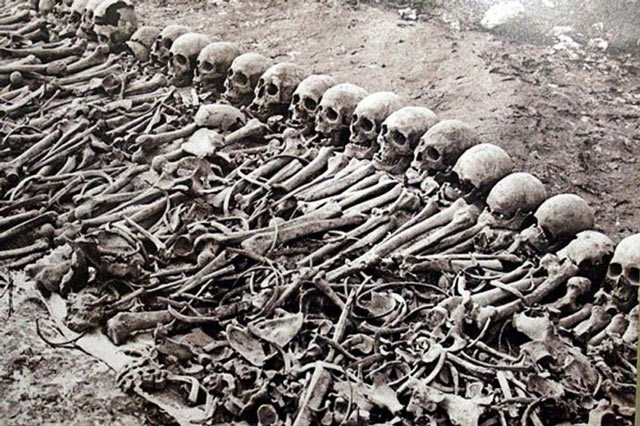
MOTIVES
The Ottoman regime pursued the goal of strengthening the country's military positions and financing the "Turkification" of Anatolia by confiscating the property of murdered or deported Armenians. The possibility of redistribution of property also stimulated the broad masses of ordinary people to participate in attacks on their neighbors. Many residents of the Ottoman Empire considered Armenians to be prosperous people, but in reality a significant part of the Armenian population lived poorly.
In some cases, the Ottoman authorities agreed to grant Armenians the right to reside in the former territories, provided they accepted Islam. While thousands of Armenian children were killed by the Ottoman authorities, they often tried to convert children to Islam and assimilate them into Muslim, primarily Turkish, society. As a rule, the Ottoman authorities avoided mass deportations from Istanbul and Izmir in order to hide their crimes from the eyes of foreigners and to derive economic benefits from the activities of Armenians residing in these cities in order to modernize the empire.
I ask to share, so that everyone will know
Congratulations @arf007! You received a personal award!
You can view your badges on your Steem Board and compare to others on the Steem Ranking
Downvoting a post can decrease pending rewards and make it less visible. Common reasons:
Submit